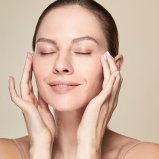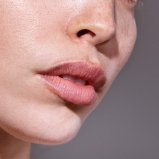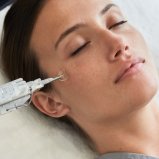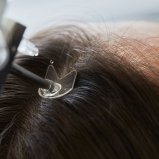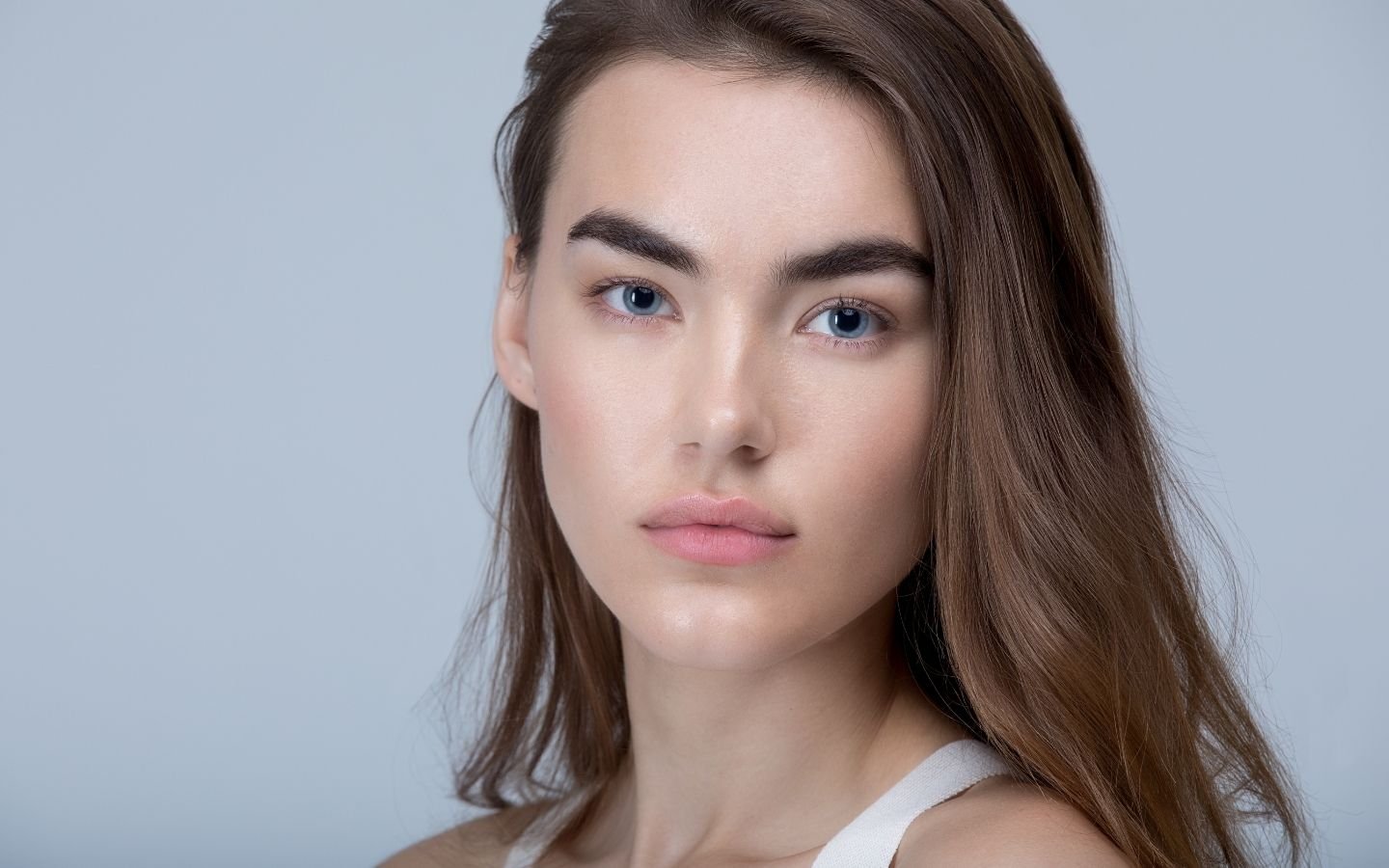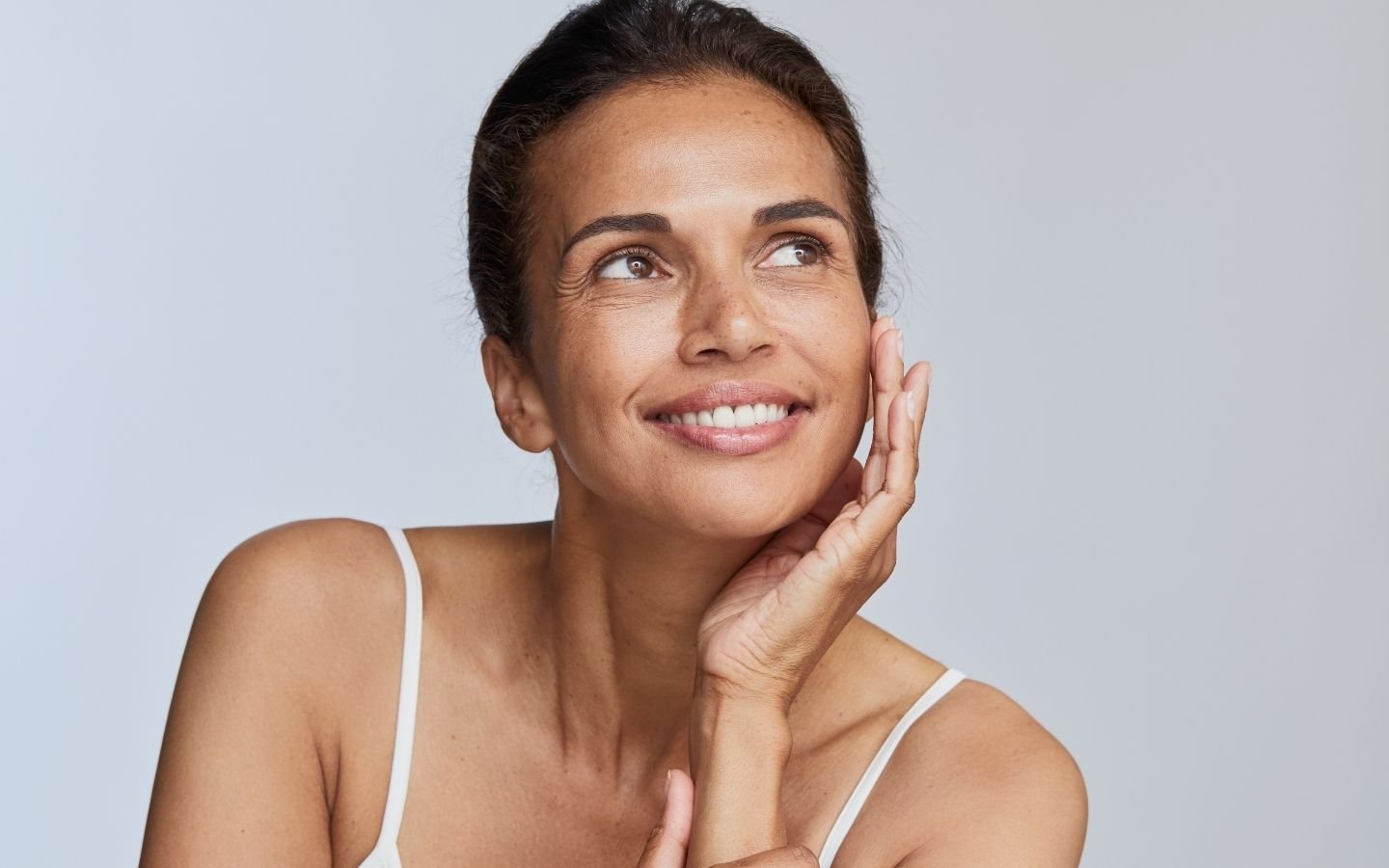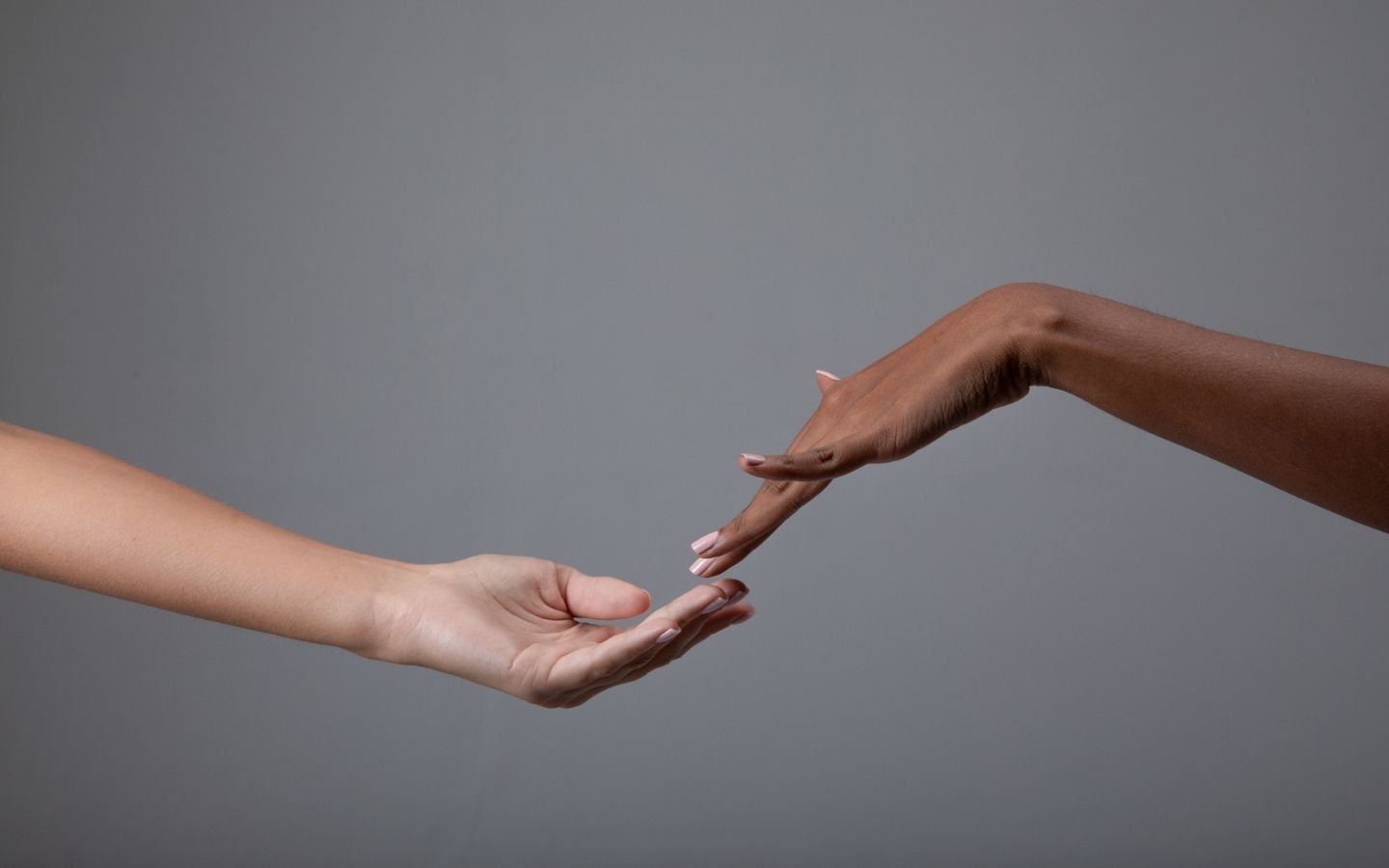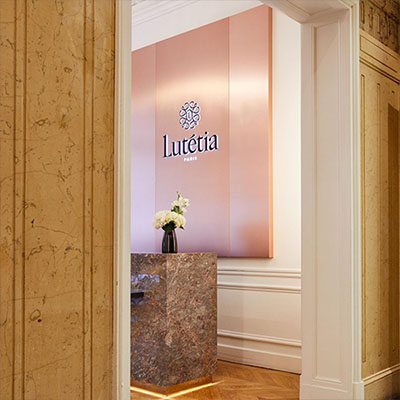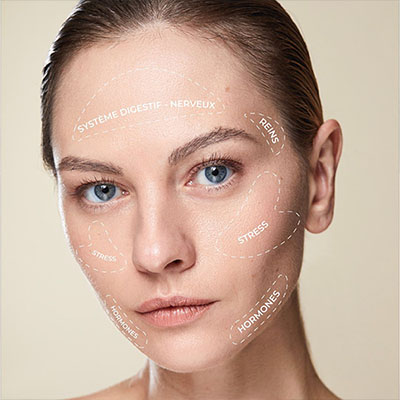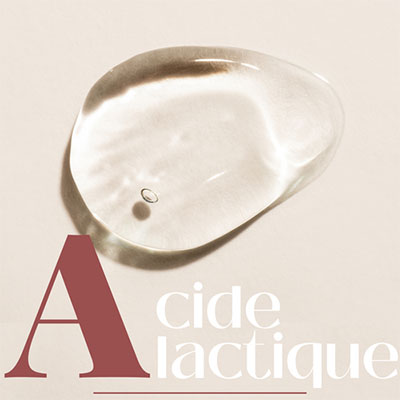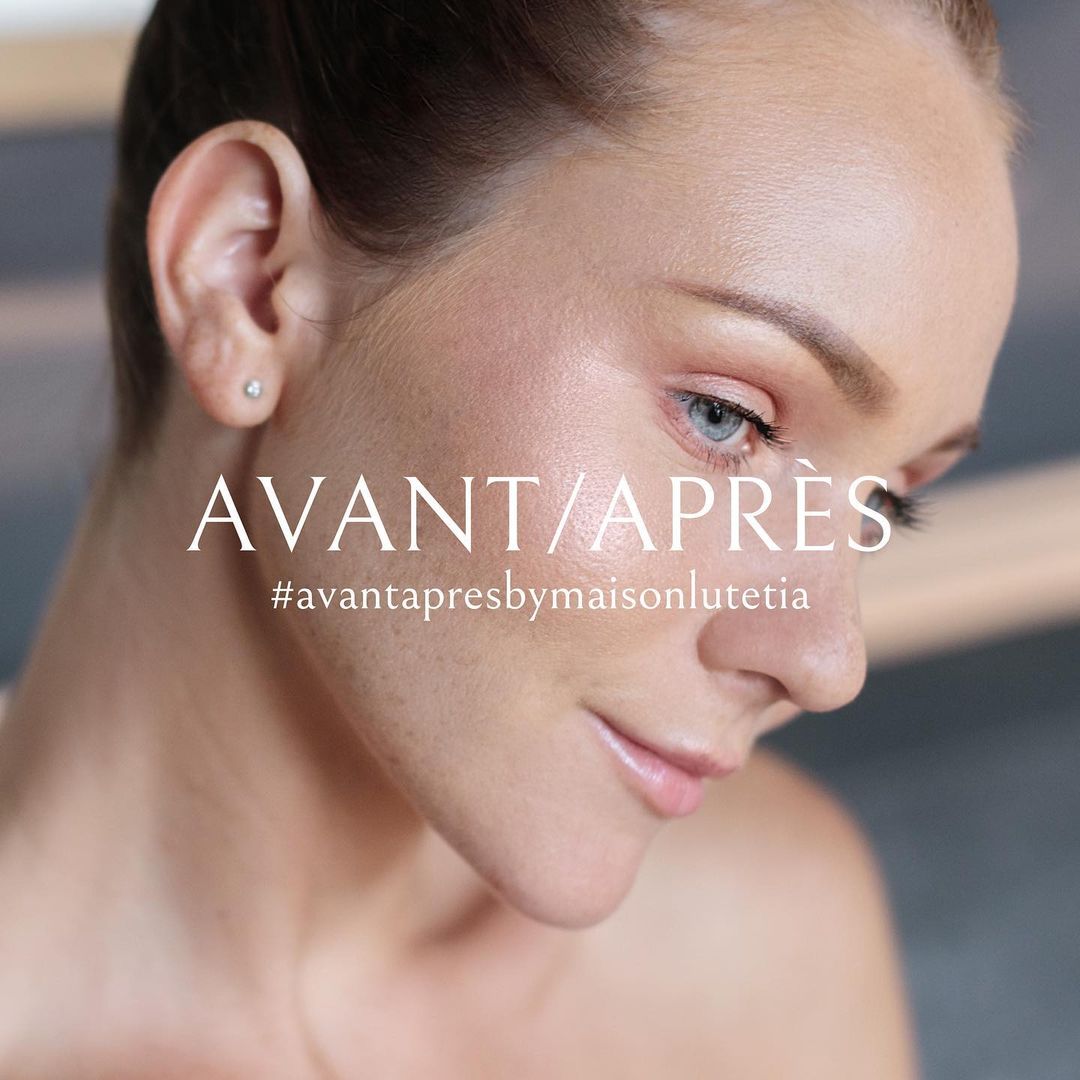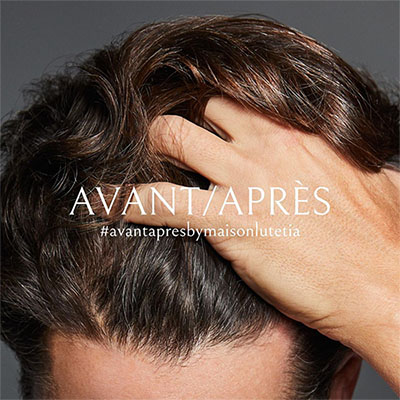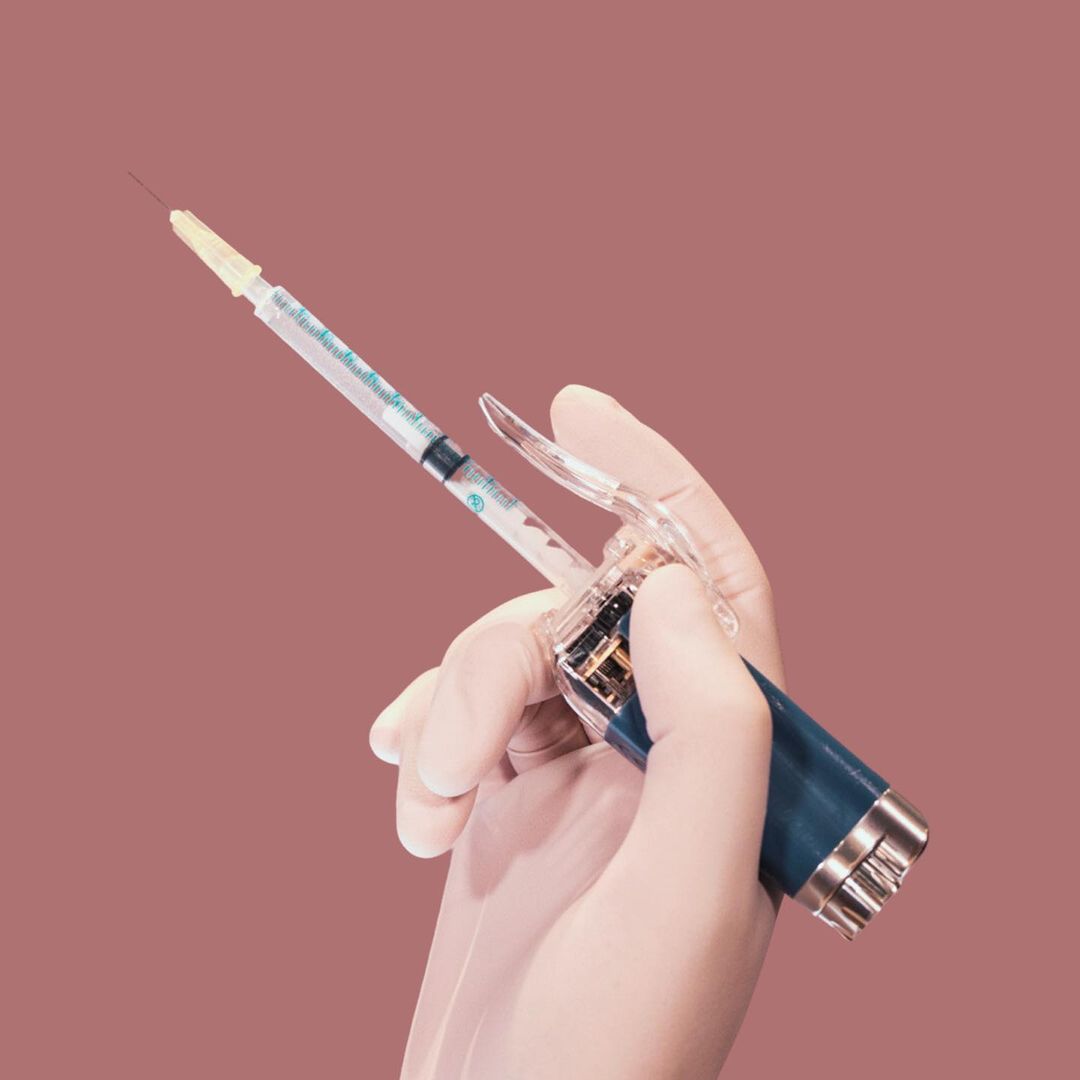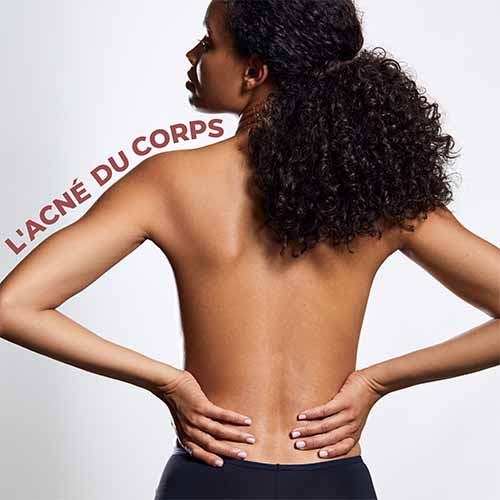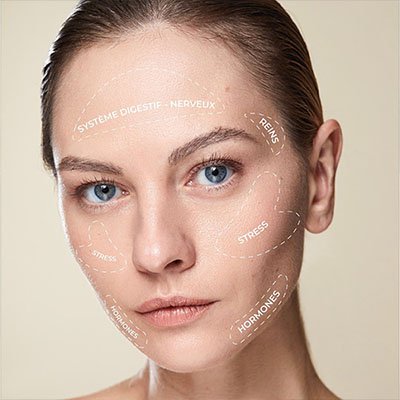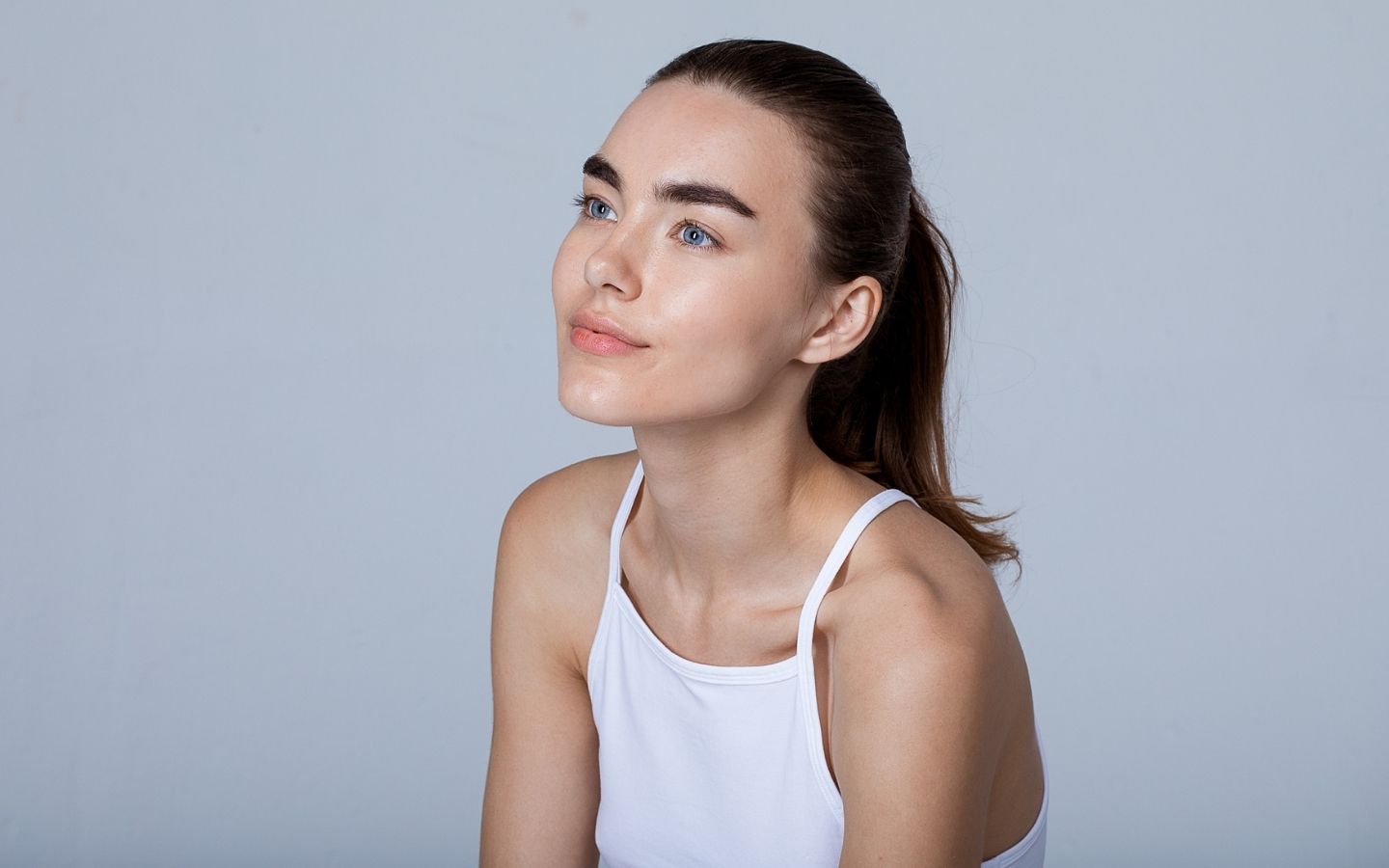
Age spots or lentigos
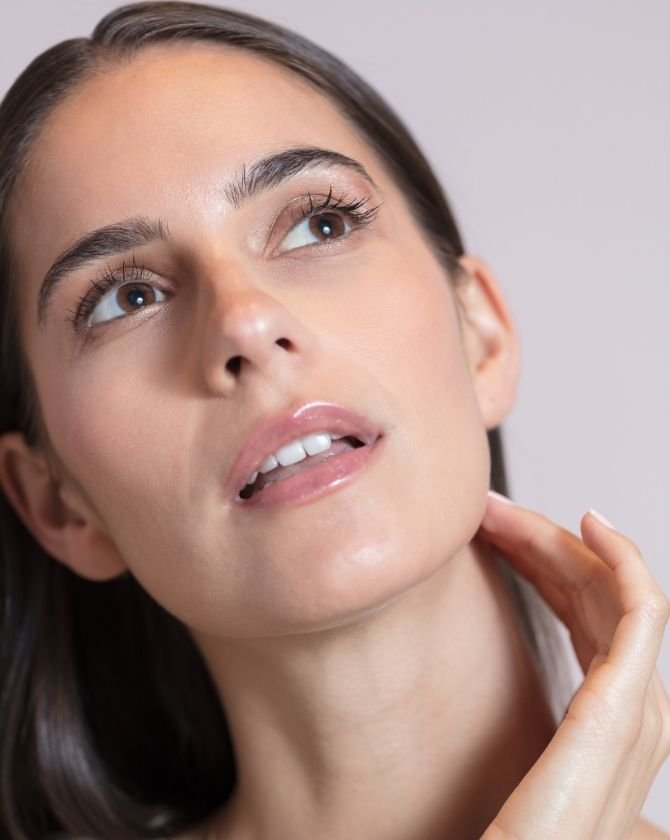
What do we mean by lentigos?
This is hyperpigmentation of the skin due to an increase in the number of melanocytes caused by repeated exposure to the sun. Be careful not to confuse them with actinic keratosis and seborrheic keratosis.
Brown spots on the face are called lentigos, or senile lentigos, actinic lentigos or solar lentigos. When they appear on the rest of the body, they are referred to as sun spots and age spots.

How do lentigos develop?
Although lentigos are often referred to as "age spots", it's actually UV rays that are responsible for their appearance. Repeated exposure to the sun without protection (high SPF creams) causes lentigines to appear, even if there is no sunburn.
Why does the sun encourage the appearance of lentigos? Ultraviolet rays damage skin cells, leading to the appearance of brown spots, thinning of the skin and a reduction in collagen and elastin reserves. The result is a loss of skin suppleness and the formation of fine lines and wrinkles.
In contact with the sun, melanocytes synthesize melanin. The longer the skin is exposed to UV rays, the greater the risk of melanocyte depletion, leading to a disruption of certain melanins and the appearance of brown spots around the age of 40. By the age of 70, 90% of the population will have sun spots!
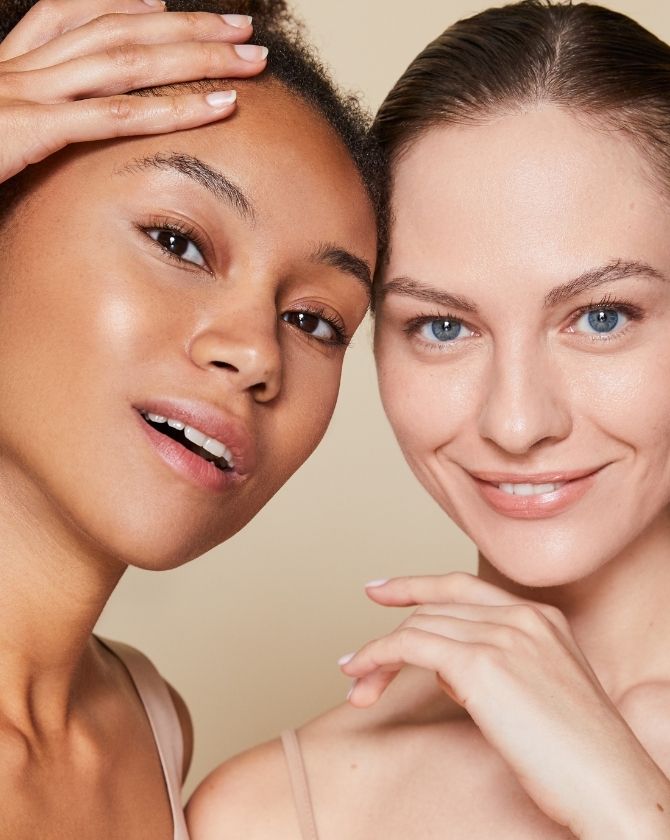
Location, signs, diagnosis: what do you need to know?
Who are the people affected by lentigos?
- If you spend a lot of time outdoors (in the garden, on the beach, golfing, skiing...), your skin is exposed to the sun and at risk of developing lentigos.
- If your skin is particularly fair and fragile (with blond or red hair), sun spots may appear more easily.
What areas are concerned?
- Face
- Hands (especially the back of the hand)
- Arms
- Shoulders
- Neckline
- Chest
- Feet
What does lentigo look like?
Lentigo looks like a single flat spot, light to dark brown in color. The size of the lentigo can vary from a few centimetres, and is well limited.
Who can carry out the diagnostic?
A diagnosis by a doctor/dermatologist is essential to determine the origin of lentigos, and to rule out the risk of lentigo maligna, a sign of skin cancer. A Maison Lutétia doctor can guide you towards the right aesthetic medicine treatment.
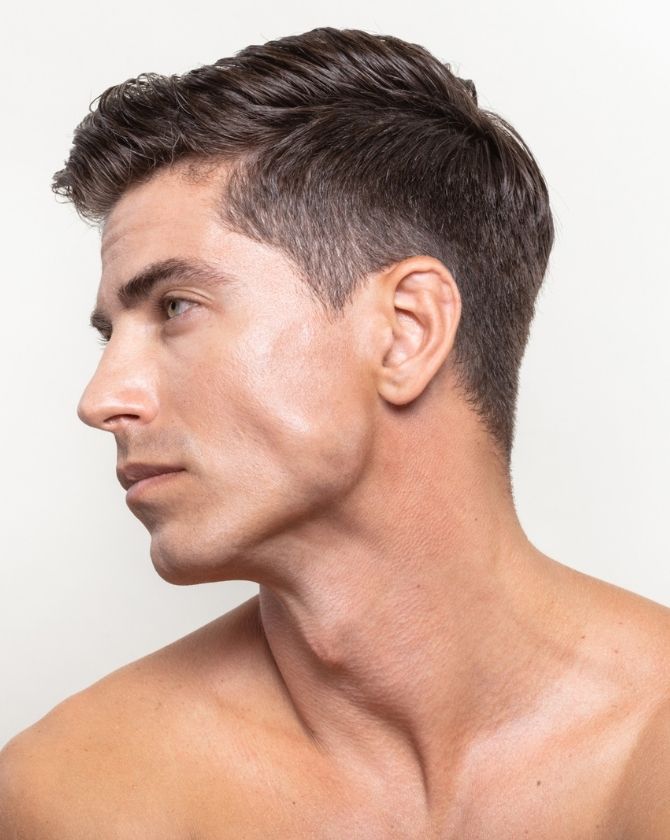
What techniques can be used to treat lentigos?
LaseMD Ultra
How does it work?
A laser creates micro-channels on the skin's surface to accelerate cell renewal. A serum of concentrated active ingredients based on tranexamic acid is then applied and perfectly absorbed by the mciro-channels. This is a powerful anti-spot active ingredient that targets lentigo coloration. The skin becomes progressively lighter with each session.
The session
At least 4 sessions, with one session every 15 days.
The price
From 350 euros per session.
The Q-Switched Laser
How does it work?
The Q-Switched Laser is a three-wavelength laser that reduces the appearance of lentigos. The abrasion created by the hand piece lightens the brown spot over the course of several sessions, with a gradual attenuation of colored pigments in the dermis.
The session
At least 2 sessions, each 2 to 3 weeks apart.
The price
From 150 euros per session.
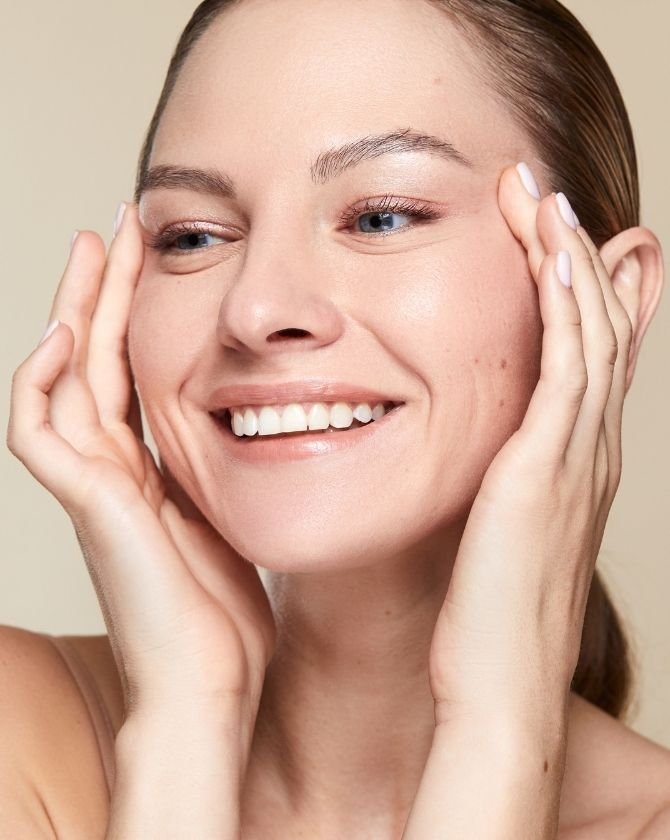
What are the preventive measures?
- Minimize your exposure to the sun
- Protect your skin with a high factor sun cream
- Avoid sunburn by retiring to the shade when the sun is at its most dangerous, from 12 p.m. to 4 p.m.
- Opt for an adapted cosmetic routine, such as preventive anti-spot skincare.
Other skin problems we can treat
FAQ
How to recognize lentigo?
Lentigo is a more or less dark brown spot that appears on the face, hands, décolleté... all areas exposed to the sun. Not to be confused with a freckle!
Can brown spots or lentigos be removed?
It is possible to reduce the discoloration of brown spots and lentigos by undergoing a suitable aesthetic medicine treatment at Maison Lutétia.
What precautions should be taken to prevent lentigos or age spots?
It's important to protect yourself from the sun, using sunblock/sunscreen and covering clothing.
How to treat age spots
A depigmenting cream can be applied to fade the discoloration. For greater effectiveness, two treatments are available at Maison Lutétia: Laser Q-Switched and LaseMD Ultra.
Lentigo treatment: is it painful?
No, treatment of lentigos at Maison Lutétia is not painful.
How many sessions are needed to remove lentigos from my face?
You need at least two sessions with the Q-Switched Laser and at least 4 with the LaseMD Ultra.
What are the risks of lentigos?
Lentigos are not a health risk if there is no cancerous lesion. Only a dermatologist or doctor can check your lentigos.
Find us
6 Rue Ampère, 75017 Paris
